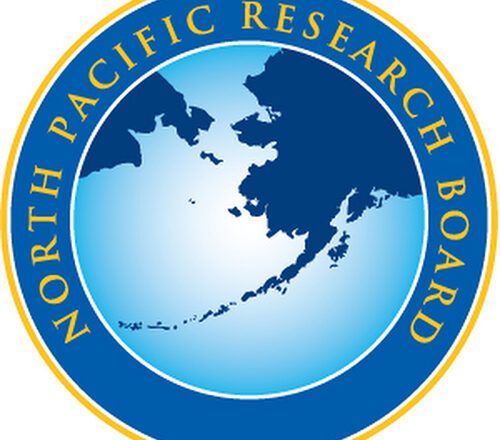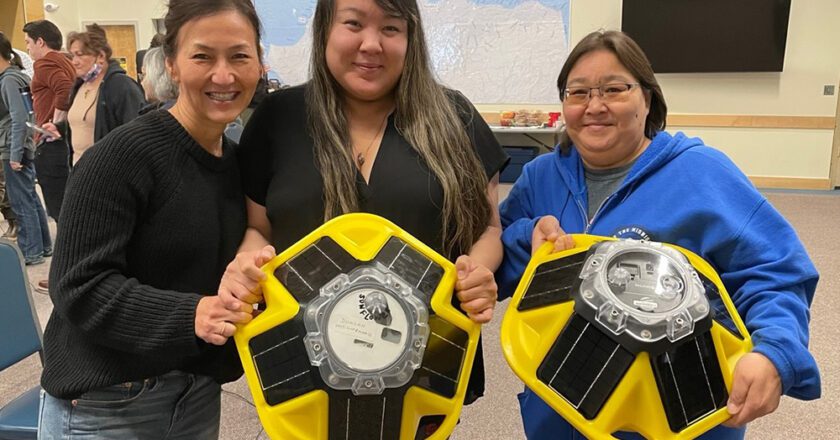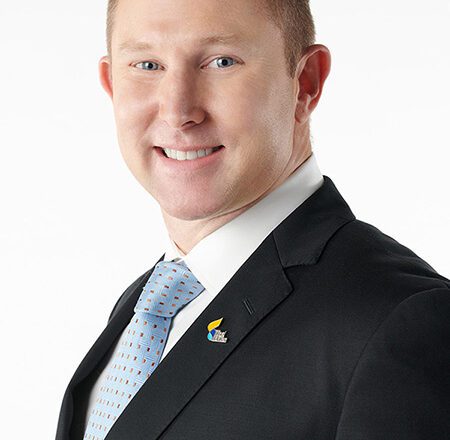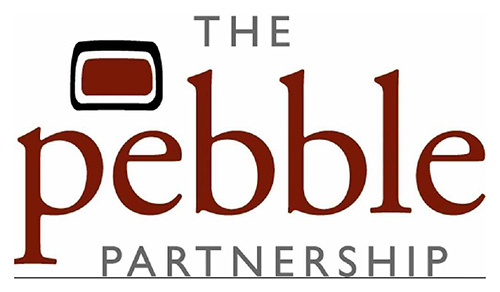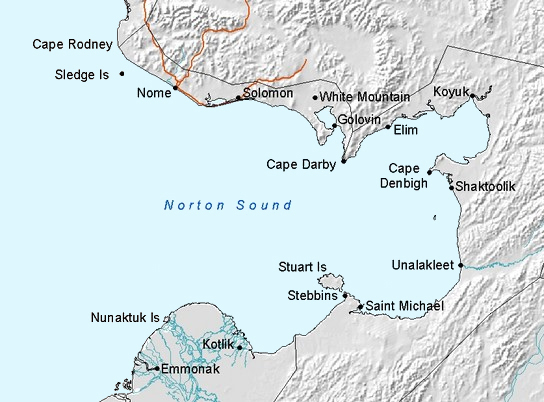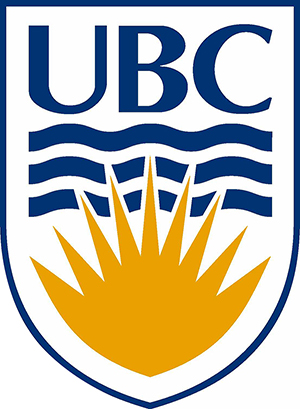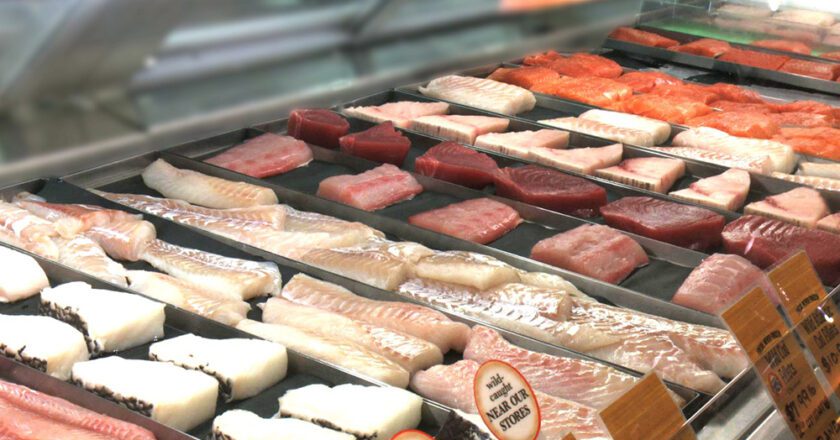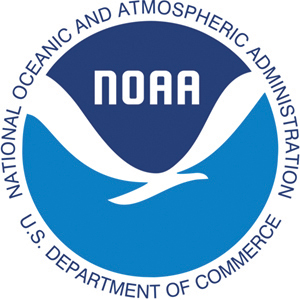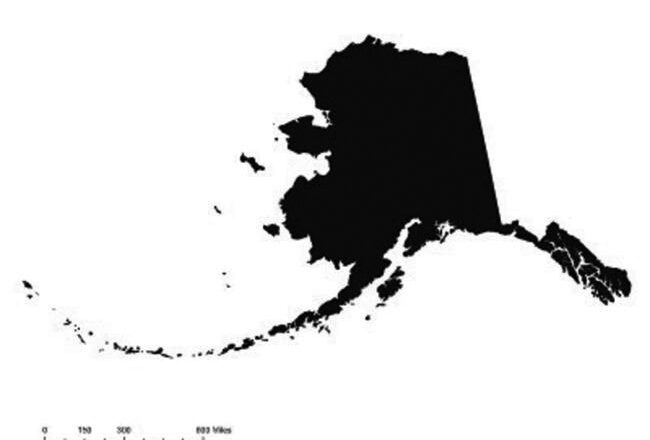NPRB Seeks to Fill Two Advisory Panel Seats
The North Pacific Research Board (NPRB) is seeking applicants through March 1 to fill two seats on its advisory panel, one for the Arctic Region and a second seat designated for the Bering Sea and Aleutian Islands Region.
The advisory panel of the Anchorage-based research entity represents stakeholders, user groups, Alaska Native communities and other interested groups and communities from the Pacific Arctic, Bering Sea, Aleutian Islands and Gulf of Alaska.
The panel advises the NPRB on achieving its overall mission to improve understanding of marine ecosystems and to inform sustainable fisheries management. The panel’s input helps to shape research and outreach, including identifying research priorities, advising programmatic development, evaluating communications efforts and reviewin...

